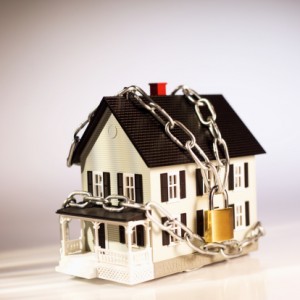Repossessed properties were typically sold 30 to 40 per cent below value between 2008 and 2013. That’s according to new regional data from HML, a third-party mortgage administrator for the UK and Ireland. But many people don’t realise that they still owe their former lender money if their repossessed property is sold for less than the […]
Repossessed properties were typically sold 30 to 40 per cent below value between 2008 and 2013.
 That’s according to new regional data from HML, a third-party mortgage administrator for the UK and Ireland.
That’s according to new regional data from HML, a third-party mortgage administrator for the UK and Ireland.
But many people don’t realise that they still owe their former lender money if their repossessed property is sold for less than the value of their mortgage.
Damian Riley, director of business intelligence at HML, says there are more than 188,000 former UK mortgage holders who still owe their former lender money.
Eighty-three per cent of repossessions are in shortfall, at an average £43,000, he says.
Repossessed houses often sell for less because they fall into disrepair after utilities have been disconnected and general maintenance stops, he says.
Northern Ireland is the most affected, with repossessed properties selling for an estimated 42 per cent of true market value.
Scotland, the North-West and the North are in joint second place, with repossessed properties selling at 63 per cent of their full potential.
The least affected region is Greater London, where repossessed properties sold for an estimated 78 per cent of true market value.
Assisted voluntary sales are one way to help reduce the shortfall, Riley says.
“This is where we help our clients’ struggling mortgage borrowers remain in their homes while a sale completes – rather than face repossession and potential eviction – by finding the best price, arranging for their lender to cover the costs of conveyancing and solicitors and helping the borrower find affordable living arrangements.
“As always, we urge borrowers to contact their lender as soon as possible if they are struggling, or may soon struggle, to keep up with their mortgage repayments.”














